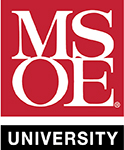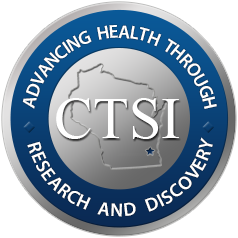Caveolin-1 regulates cancer cell metabolism via scavenging Nrf2 and suppressing MnSOD-driven glycolysis. Oncotarget 2016 Jan 05;7(1):308-22
Date
11/07/2015Pubmed ID
26543228Pubmed Central ID
PMC4808000DOI
10.18632/oncotarget.5687Scopus ID
2-s2.0-84997344872 (requires institutional sign-in at Scopus site) 45 CitationsAbstract
Aerobic glycolysis is an indispensable component of aggressive cancer cell metabolism. It also distinguishes cancer cells from most healthy cell types in the body. Particularly for this reason, targeting the metabolism to improve treatment outcomes has long been perceived as a potentially valuable strategy. In practice, however, our limited knowledge of why and how metabolic reprogramming occurs has prevented progress towards therapeutic interventions that exploit the metabolic peculiarities of tumors. We recently described that in breast cancer, MnSOD upregulation is both necessary and sufficient to activate glycolysis. Here, we focused on determining the molecular mechanisms of MnSOD upregulation. We found that Caveolin-1 (Cav-1) is a central component of this mechanism due to its suppressive effects of NF-E2-related factor 2 (Nrf2), a transcription factor upstream of MnSOD. In transformed MCF10A(Er/Src) cells, Cav-1 loss preceded the activation of Nrf2 and its induction of MnSOD expression. Consistently, with previous observations, MnSOD expression secondary to Nrf2 activation led to an increase in the glycolytic rate dependent on mtH2O2 production and the activation of AMPK. Moreover, rescue of Cav-1 expression in a breast cancer cell line (MCF7) suppressed Nrf2 and reduced MnSOD expression. Experimental data were reinforced by epidemiologic nested case-control studies showing that Cav-1 and MnSOD are inversely expressed in cases of invasive ductal carcinoma, with low Cav-1 and high MnSOD expression being associated with lower 5-year survival rates and molecular subtypes with poorest prognosis.
Author List
Hart PC, Ratti BA, Mao M, Ansenberger-Fricano K, Shajahan-Haq AN, Tyner AL, Minshall RD, Bonini MGMESH terms used to index this publication - Major topics in bold
AnimalsBlotting, Western
Breast Neoplasms
Caveolin 1
Cell Line
Glycolysis
Humans
Intracellular Signaling Peptides and Proteins
Kelch-Like ECH-Associated Protein 1
MCF-7 Cells
Mammary Neoplasms, Animal
Mice
Microscopy, Confocal
NF-E2-Related Factor 2
Prognosis
Protein Binding
RNA Interference
Superoxide Dismutase
Survival Analysis









